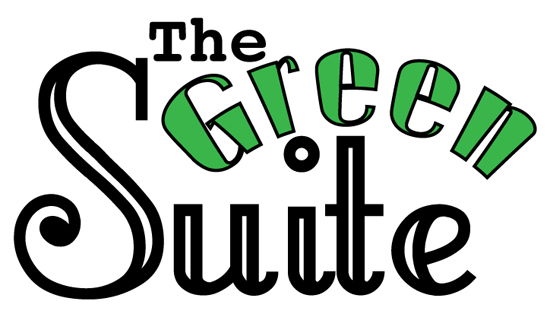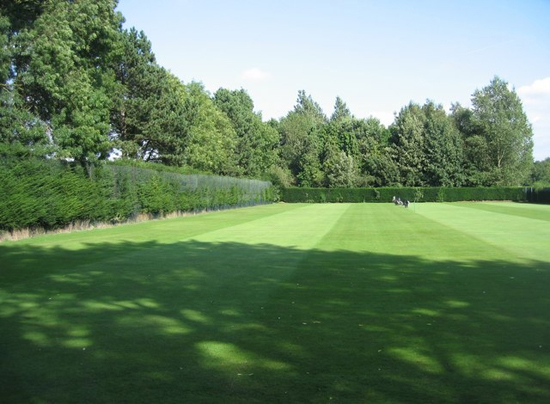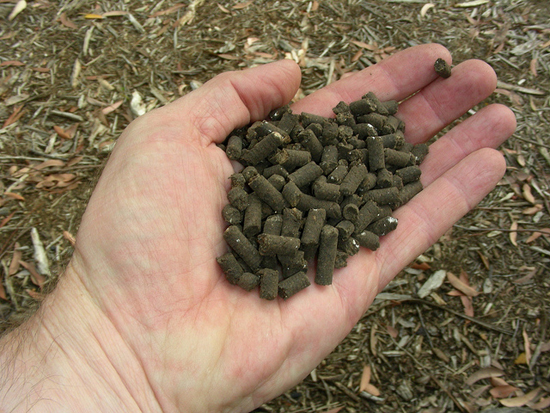Eco-Interview: Nick Conrad, The Green Suite
When was your organization founded? Please tell us a bit about its mission, goals…
I founded The Green Suite in 2012. At the Green Suite, our mission is to save the planet, one home at a time by offering affordable classes and DIY kits that promote a green lifestyle.
What is your educational background and what lead to creating this organization?
I have degrees in Theater and Marketing. I’ve always had a knack for building and design as well as a passion for the environment. I founded The Green Suite shortly after I completed work on my own solar power system and a hydroponic windowfarm. I learned most of what I needed to know from a few books, several YouTube videos, and lots of trial and error. I quickly realized there was an opportunity to run a business teaching others what I had learned. Within a few months I expanded the scope of my classes to include DIY Solar Energy, Hydroponic Windowfarming, as well as Zombie Survival Training. I also offer several products in my store, all of which are made from recycled materials.
What are some challenges you have faced and how did you deal with them?
Promotion and exposure have always been a challenge. With a new business it’s always hard at first but the first few months were brutal. I planned several classes but it was almost impossible to get people to register. I exchanged e-mails with several people interested but that was it. I decided I needed to cast a wider net. I tried several methods with limited results but what turned everything around was listing my classes on Dabble. Dabble.co is a great site that offers one-time classes at affordable prices. As soon as I signed up, my classes started selling and I starting getting tons of exposure. Dabble is also great because they make it easy for people to leave reviews about you and your classes.
What can people do to help? Donate, and contribute to your cause? Other ideas?
Spread the word and connect with me online. People in the Chicago area can join any of my Dabble classes, check my profile for the next session. For those not in Chicago stay tuned to The Green Suite Store for my digital classes that will be available soon.
How do you reach your targeted audience? Is it through your website, advertising or social media or another route? Which is most effective and why?
Almost all of my successful marketing has been via social media. Mostly through Twitter because there are so many awesome tools to help build an audience. Also Dabble was a perfect fit for my business because our demographics were exactly the same and they do a great job promoting classes on their site.
How do you keep the audience engaged over time?
If you want to keep an audience engaged you have to keep cranking out good content. I try to post as often as I can and maintain good quality. For me that’s usually between 3 and 5 posts a week.
Tell us about your events around the world and some of the campaigns you have started.
I was featured in a recent Chicago Sun-Times article about my Zombie Survival Classes in Chicago.
What is in the works for the future? What haven’t you yet tackled, but will want to do soon?
I have some big plans for 2013 one of which being my digital classes. They will be a downloadable version of all of my classes. They will come with a PDF outlining each session and a video.
To contact Nick Conrad and learn more about The Green Suite, click and follow:
Website: www.greenyoursuite.com
Facebook: http://on.fb.me/129BQXV
Twitter: @thegreensuite
Tumblr: http://thegreensuite.tumblr.com
Sun-Times Article: http://bit.ly/12g9fOj









